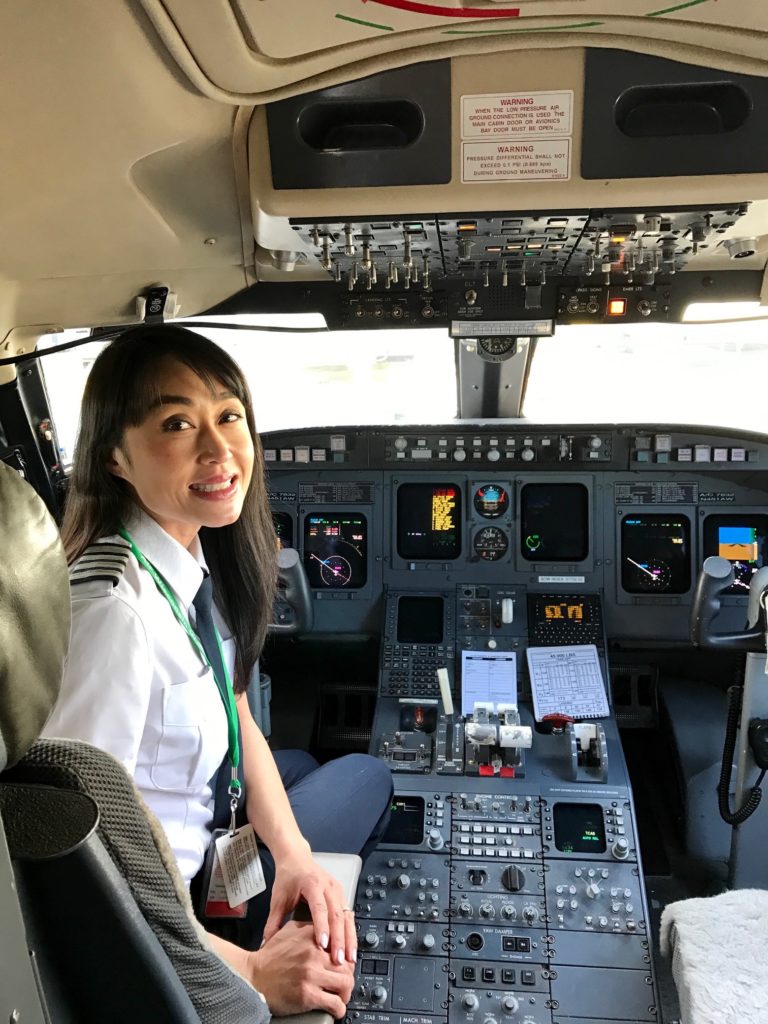Japan, Korea, Taiwan, Hong Kong, Singapore, Philippines, Malaysia, Thailand, Vietnam


Whatever route you choose, realize there are many other highly qualified pilots who also want that airline job. You are attempting to get into a highly competitive field, so you need to make yourself as desirable a candidate as possible.
Get your college degree: It may look better if it is in an aviation-related field. However, many pilots get hired with other degrees. Having any four-year college degree puts you ahead of other candidates without one.
Build good flight hours: Get as much experience as possible in more than single engine aircraft. Work on multiengine, cross-country, instrument, and night flying. Build up time in high performance aircraft, such as turbo props and jets. Build your Pilot-in-Command time, especially in larger and more complex aircraft. Get a type rating in a complex aircraft or jet. These will all go a long way in making you stand out from the other candidates
Be a good citizen: Volunteer your time to worthy organizations or non-aviation related organizations
Become and stay informed: Join organizations that can help you stay informed of the aviation community. There is no charge for ISA+21’s ASPIRING MEMBERSHIP. Read aviation magazines, blogs, forums, and follow aviation groups on social media. There is a wealth of information on aviation at your fingertips.
Continue your education: Attend seminars on aviation related topics or take courses to enhance your aviation knowledge. Talk to others in aviation, especially those who have the job which you aspire.
Keep an accurate, neat logbook: Your logbook is your record of all your flying experience. It will be reviewed before all checkrides and prospective employers. You will make a better impression if it is organized
Become an airline cadet:
Self-Financed Flight Training
Those who wish to covert PPL and CPL obtained overseas to home country licenses are required to:
In the Asia-Pacific region, pilots with a commercial license are eligible to be hired for commercial flying, however, most airlines won’t hire low-time flyers as a direct entry pilot except those that come through their in-house cadet program.
Instructor Certificates in U.S.A
Instructor Certificates in China:
Build Flight Time: